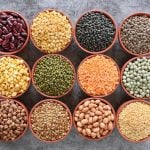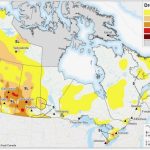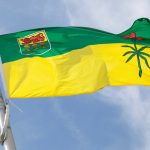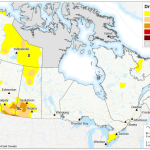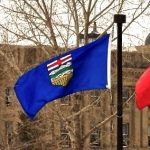Cattle producers leasing Crown land for grazing in Saskatchewan won’t see a rate hike this year and may be eligible for a significant rate cut. The provincial government announced Wednesday it has frozen the rates charged to producers who lease Crown grazing land in 2023 at their 2022 level. The freeze will apply to all […] Read more
